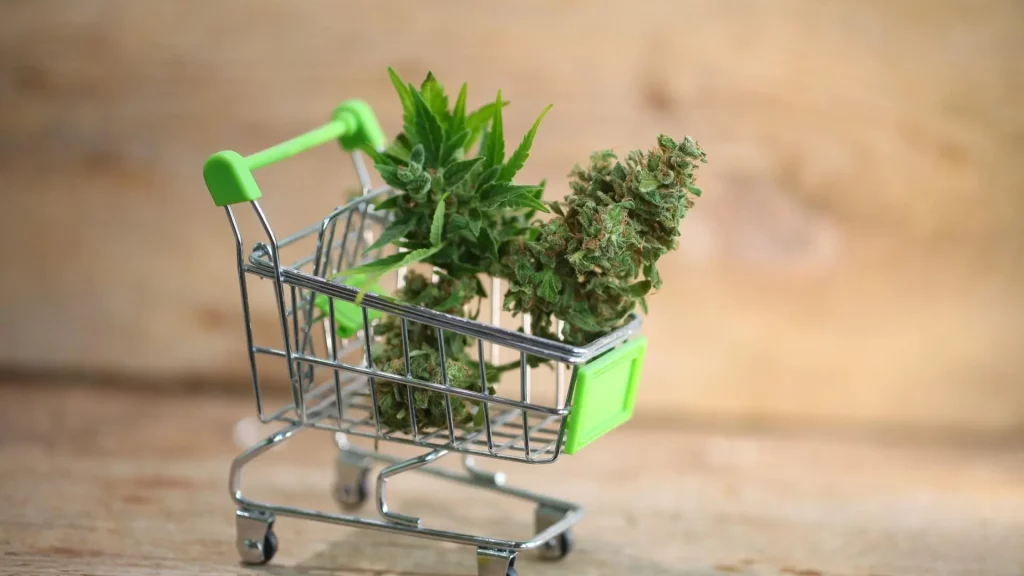Hemp cultivation and its industrial use have been on the rise in recent years. Interestingly, hemp has been around for centuries and has made a significant presence in Hindu culture and ancient manuscripts.
It has incredible health benefits like reducing soreness and controlling nervousness and headaches. Still, hemp has also awestruck human civilization with its extreme industrial benefits. Although hemp is considered to be a drug that some willingly exploit, it has proven to be a sustainable crop that can offer solutions for many hitches.
Hemp husbandry is environmentally friendly and dates back to 5000 BC in China. With time, the Chinese learned to develop several products from the hemp plant. Such products included shoes, clothing, fiber, ropes, and paper. Moreover, some archaeological analyses suggest that the hemp plant has been around for ages and has been an integral part of various civilizations.
In the late barbaric ages, Germans cooked with hemp. Their most eminent dish required to use of the plant as a filling for pies or boiling it down in soup. Hemp is amongst the oldest cultivated corps that was used by Greeks in the late 500 BC. Additionally, various archaeological evidence advocates that hemp has made its way all around the world. There are subsequent proofs of the use of hemp in northern Europe to East Asia since the Neolithic era.
Eventually, Europeans learned to reap hemp for its by-products like ropes, which were used in subsequently every naval ship, including the Christopher Columbus ship. Prominent artists like Van Gogh, Rembrandt, and Gainsborough used the hemp linen canvas to paint on.
Interestingly, it was the Spanish settlers who primarily carried the hemp plant to the western hemisphere, most likely in 1545; this echoes that hemp was already around the American states and was used to produce efficient industrial products.
Hemp is confirmed to be among the most efficient plants with its multitude of industrial uses; still, it also opens a gateway to the kingdom of CBD. The cannabidiol compound can be extracted from both hemp and marijuana plants. As we understand, hemp has major advantages, and it’s legal in many states to harvest licensed hemp, so using it to cure CBD oil is much more feasible.
CBD is mainly extracted from the hemp flowers and then undergoes a different process to develop various CBD products. Extracted CBD from hemp can be used to make oils, edibles, capsules, tropical, and much more. Many individuals also prefer to directly use the hemp flower.
One downside to using hemp-based CBD is that due to its low potency of THC, it results in terpenes. This simply results in obtaining a reduced entourage effect. This effect occurs when all the cannabinoid composites in a cannabis plant interact with each other to achieve the best results and health assistance to the human body.
You would be awestruck to acknowledge that in recent times famous car brands like Ford, General Motors, Lotus, Mercedes Benz, and BMW all consist of hemp composites inside the car door panels. It is essential to understand the importance of the hemp plant, as it is an environment-friendly resource that can truly redefine the meaning of sustainable development.
Shortly, it is estimated that hemp is going to be used in the manufacturing of more than 10,000+ products and is going to become a necessity to tackle the upcoming climate change. Hemp is a natural product that is easy to cultivate and requires fewer resources and time in comparison to other crops like cotton. Moreover, hemp can be grown in any season and offers sustainable income for farmers. It is a dependable, sustainable, and eco-friendly crop that should be given due recognition in the market. Visit www.naplimited.com to learn more about how hemp is the ultimate solution for a sustainable future.


Pingback: Hemp and Building Materials: Sustainable Construction